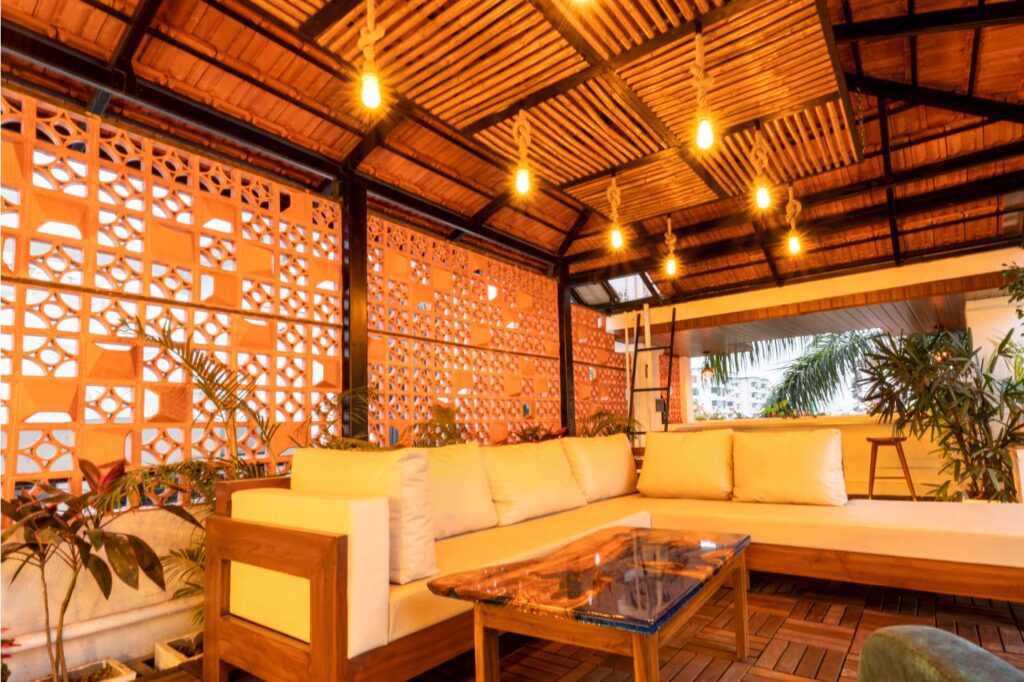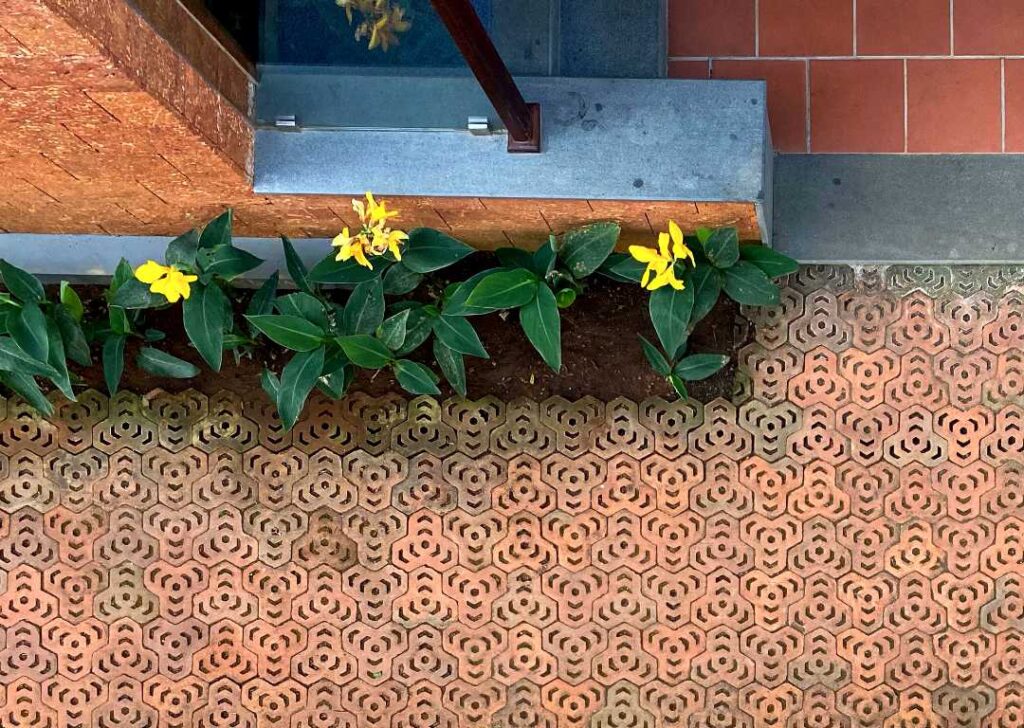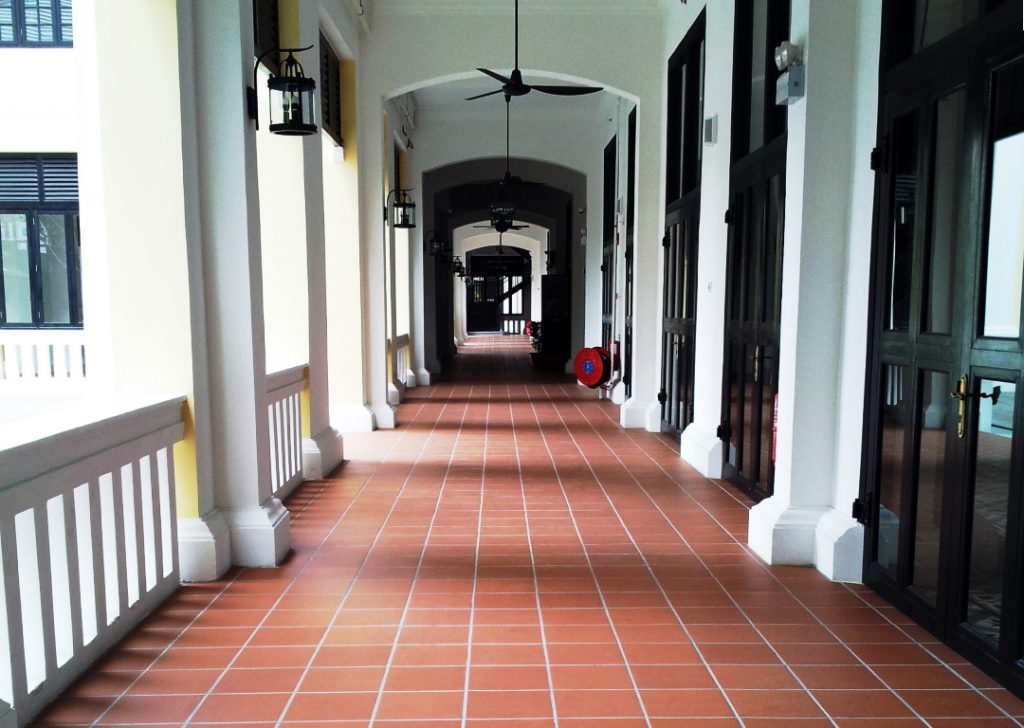Interior design materials play a central role in creating spaces that are both functional and visually appealing. From selecting the right materials to keeping them organised, paying attention to detail can significantly impact your project’s outcome. This article provides actionable tips to help you choose and manage materials effectively for every room in your home.

Choosing the Right Interior Design Materials
The success of an interior design project largely depends on the materials you select. With the right materials, you can achieve the perfect blend of durability, style, and functionality. Below are some detailed tips to guide your choices:
1. Understand the Room’s Purpose
Each room in your home serves a unique purpose, and this should guide your material choices:
- Living Room: Prioritise comfort and aesthetic appeal. Materials such as hardwood floors, soft and durable upholstery, and elegant glass accents are ideal.
- Kitchen: Focus on materials that are easy to clean and can handle heavy use, like quartz countertops, ceramic or porcelain tiles, and stainless steel surfaces.
- Bathroom: Water-resistant and moisture-proof materials like porcelain tiles, waterproof wood, and acrylics are essential to prevent damage and ensure durability.
2. Prioritize Durability
Durability is a key factor when selecting interior design materials. Spaces like entryways, hallways, and kitchens experience heavy foot traffic, so they require resilient materials. Opting for long-lasting materials such as engineered wood or stone helps reduce replacement costs and maintenance over time.
3. Consider the Aesthetic Appeal
The materials should align with the overall design theme of the room. For instance, sleek finishes like polished metals or glass complement modern interiors, while natural options like stone or reclaimed wood create a warm and rustic feel. Striking the right balance between beauty and functionality ensures a cohesive look.
4. Assess the Budget
Balancing quality with affordability is crucial. High-end materials like natural clay wall tile may offer unparalleled beauty, but alternatives such as quartz or laminate can deliver similar results at a lower cost. Compare options and allocate your budget wisely to get the best value.
5. Check Maintenance Requirements
Some materials demand significant upkeep, while others are virtually maintenance-free. For example, natural wood needs regular sealing to maintain its appearance, while laminate or vinyl can be cleaned easily with minimal effort. Choosing materials that fit your lifestyle can save time and effort.
What Are the Different Materials Used for Interior Design?
A wide range of materials is used in interior design, each serving different functions. Here are some of the most popular options and their applications:
- Wood: A versatile material used in furniture, flooring, wall paneling, and decorative accents. Wood brings warmth and a timeless appeal to any space.
- Metal: Often used in fixtures, frames, furniture, and decorative pieces. Metals like steel, brass, and aluminum add a sleek and modern touch.
- Glass: A popular choice for windows, doors, partitions, and tabletops. Glass enhances natural light and gives a spacious, open feel to rooms.
- Stone: Perfect for countertops, walls, and flooring. Materials like granite, marble, and slate are durable and add a touch of luxury.
- Fabric: Used for curtains, upholstery, rugs, and cushions. Fabrics add softness and texture, enhancing the comfort and style of a room.
- Tile: Commonly found in kitchens and bathrooms. Tiles are available in countless colors, patterns, and textures, making them both practical and decorative.
Understanding how these materials function helps you make informed decisions based on your design needs and budget.

Best Material for Interior Design
Choosing the best material depends on the requirements of each room and the desired look. Below are some suggestions to help you make the right choice:
- Living Room: For a cozy and welcoming atmosphere, choose hardwood flooring, clay paver, plush area rugs, and fabric-covered furniture. These materials create warmth and relaxation in shared spaces.
- Kitchen: Durable and low-maintenance materials like quartz countertops, ceramic tile backsplashes, and stainless steel appliances are practical and stylish for this high-use area.
- Bathroom: Water-resistant materials like porcelain tiles, glass shower partitions, and moisture-proof paints ensure functionality and style in wet areas.
- Bedroom: Soft materials such as cotton or silk bedding, luxurious carpets, and smooth wooden furniture enhance comfort and create a serene atmosphere perfect for relaxation.
How to Organize Interior Design Materials
Organising interior design materials is essential for efficient project management and easy access. Follow these practical tips to keep your materials well-arranged:
1. Sort by Category
Start by grouping materials into categories like wood, fabric, tile, metal, and accessories. This system allows you to locate specific items without hassle and prevents unnecessary clutter.
2. Use Storage Containers
Invest in clear storage bins or labeled boxes to keep small items like fabric samples, tile pieces, and hardware neatly organised. Transparent containers make it easy to identify contents at a glance.
3. Create a Digital Inventory
Use a digital tool or spreadsheet to track your materials. Record important details like the material type, quantity, and storage location. This helps you avoid over-purchasing and ensures nothing goes missing.
4. Designate a Storage Area
Dedicate a specific area, such as a cabinet, shelving unit, or storage room, for organizing your materials. Keeping everything in one place simplifies your workflow and keeps your workspace tidy.
5. Label Everything Clearly
Label storage bins and shelves clearly to avoid confusion. Color-coded or numbered labels can make it even easier to identify and access items quickly.
6. Perform Regular Maintenance
Periodically review your stored materials to check for damage or expiry. Dispose of items that are no longer useful and update your inventory accordingly. This ensures you always have high-quality materials ready to use.

Benefits of Choosing and Organizing Interior Design Materials
Investing effort in selecting natural floor tiles and organizing interior design materials has multiple advantages:
- Enhanced Project Efficiency: With organised materials, you save valuable time and effort during the design and installation process.
- Long-Lasting Results: High-quality and well-chosen materials reduce the need for frequent repairs or replacements.
- Improved Aesthetic Appeal: Properly chosen materials create harmonious and visually stunning spaces.
Conclusion
Selecting and organizing interior design materials is a crucial step in any design project. By understanding the purpose of each room, prioritizing durability, balancing aesthetics with budget, and ensuring proper maintenance, you can achieve stunning results. Keeping materials organized allows for smoother execution and avoids unnecessary stress. With these tips, you can confidently create spaces that are both beautiful and functional.